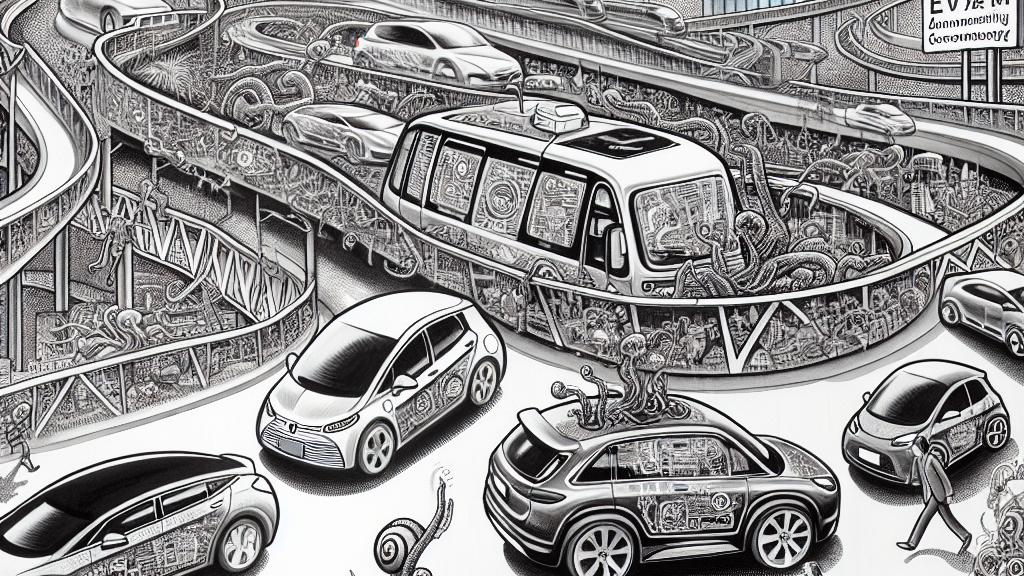Tesla's Full Self-Driving Technology Faces Growing Competition
Overview
- Chinese electric vehicle manufacturers are surging ahead, developing cutting-edge autonomous driving technologies that challenge Tesla's market position.
- Tesla's Full Self-Driving software is set to enter an increasingly competitive landscape, notably within China, where innovation is rapid.
- Navigating regulatory challenges and shifting consumer preferences will be crucial for the future of self-driving technology.

The Competitive Landscape in China
In China, the race for supremacy in autonomous driving technology has reached a fever pitch. Leading manufacturers like BYD and Li Auto are not just participants; they are dynamic innovators crafting advanced driver-assistance systems (ADAS) that rival Tesla’s offerings. Experts predict that by 2026, around one million EVs will achieve Level 3 autonomy, meaning they can navigate complex driving scenarios such as merging into fast-moving traffic or responding to sudden road changes without requiring constant input from the driver. However, it’s important to note that the Chinese government's slow approval process for these systems introduces uncertainty. While these technological advancements promise a thrilling future, the regulatory framework must catch up.
Tesla's Positioning and Strategic Response
As Tesla gears up to launch its Full Self-Driving software in China, the stakes are sky-high. Unlike the premium price of Tesla's $8,000 FSD plus a monthly fee, competitors are enticing consumers with no-cost offerings for their advanced features. For instance, Xpeng has quickly expanded its semi-autonomous driving system across the nation, making waves and winning over consumers who are increasingly looking for cost-effective solutions. Similarly, Jiyue's latest model, the Jiyue 07 sedan, combines an impressive range of 660 kilometers with advanced autonomous capabilities, demonstrating how traditional boundaries are being challenged. This competitive landscape is not merely about technology but also about how each brand engages and attracts the ever-evolving consumer base.
Charting a Course for the Future
Looking ahead, the journey towards fully autonomous vehicles presents both challenges and exciting possibilities. In addition to fierce competition in China, American automakers, including Ford and GM, are developing their own autonomous systems, signaling a global push towards innovation. However, potential buyers must remember that current self-driving technologies, even Tesla’s famous Autopilot, require an engaged driver ready to take over. This reality highlights a crucial point: while we are making remarkable strides, true autonomy is still a goal on the horizon. As consumer expectations soar alongside rapid technological advancements, automakers face an exhilarating yet daunting path. The future of self-driving technology promises to be vibrant, but each company must navigate regulatory landscapes and market demands with precision to truly captivate the consumer's imagination.

Loading...